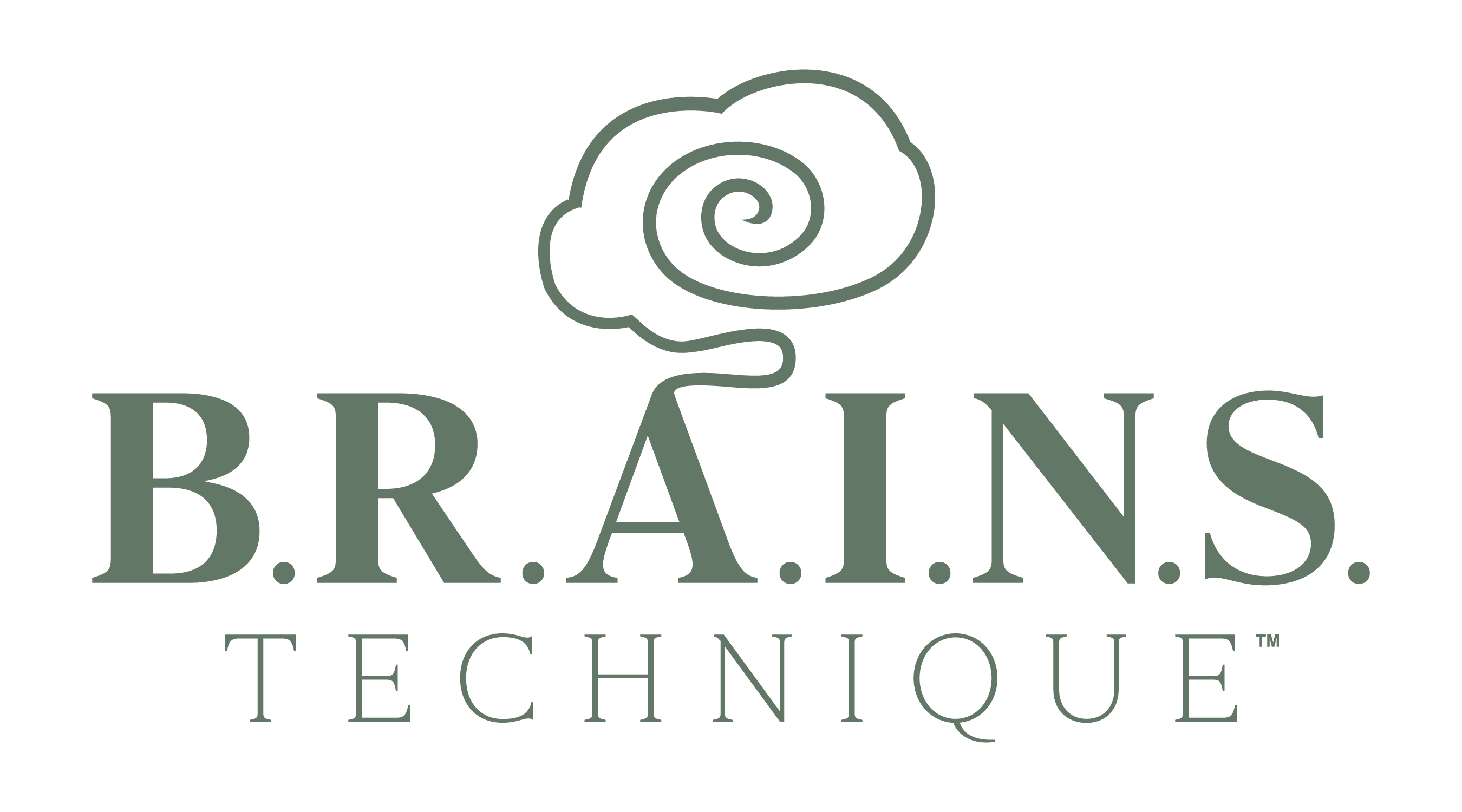BIO

“In the context of evolution, our psyche serves as our internal alarm system, detecting danger and prompting us to seek solutions. It’s the psyche’s role to either solve the threat by generating fresh perspectives, solutions, or ideas to confront the threat, or perceive the situation as less threatening than initially believed (neutralize) With the B.R.A.I.N.S. Technique™, we gain a crucial tool to tap into our psyche and address our stressors effectively.” WN
Whitney Natiello
Licensed Acupuncturist
Certified Brain Health Coach & Trainer
Brain Researcher, Educator, Lic Ac, BHCC
Introducing Whitney Natiello
Whitney is a dynamic healthcare educator and consultant who blends her expertise and enthusiasm for health and well-being through the lens of Chinese medicine, neuroscience, and Germanic healing principles. She empowers acupuncturists, healthcare professionals, brain health coaches, and organizations by integrating these diverse fields. Her mission is to foster resilience and vitality in individuals by addressing stress, anxiety and trauma at the moment of impact (or as close to impact as possible.)
From a holistic standpoint, Whitney’s approach encompasses calming the nervous system to unlock fresh perspectives and solutions, optimizing brain health, enhancing digestion, nurturing physical well-being, nurturing the psyche, fostering spiritual growth, addressing learning and behavioral challenges, managing emotions, and preventing dementia.
Whitney has spent 24 years as a practicing acupuncturist and managed her award-winning holistic wellness center, Source for Well Being, LLC, for 14 years. At its peak, the center employed fourteen practitioners and offered more than 30 different modalities. Throughout her career, Whitney has supported over 35 complementary healthcare practitioners in developing their own businesses. She has provided more than 25,000 acupuncture treatments before selling her practice to focus on her vision of empowering people to trust in their body’s ability to heal and to further inspire and educate others in holistic health practices.
Currently, she has integrated her extensive education and clinical experience into developing the innovative B.R.A.I.N.S. Technique. This swift technique is designed to manage stress as it occurs, fostering a calm, adaptable, and resilient brain and body that not only downgrades illness but also facilitates insights from one’s subconscious.
Whitney lives in Mars Hill, NC with her beloved pet therapy dog, Beau. She loves to hike, line dance, travel, and connect with Nature.
B.R.A.I.N.S. Technique™ Origin: my personal story of transforming trauma to inspired action.
Having personally experienced various types of trauma and professionally delving into the study, care, and observation of those affected by trauma, I noticed a common thread running through all traumatic experiences. Trauma is deeply personal. We understand trauma based on three key criteria: it is distressing, it is unexpected or sudden, and at the moment of trauma, the individual feels isolated.
Consider this scenario: two loved ones are involved in the same traumatic event, such as a car accident. Afterward, one person feels deeply traumatized, while the other seems relatively unaffected. What accounts for the difference in their reactions? One possible explanation is their subconscious perceptions; one might feel supported and not alone because they are together, while the other might feel isolated. Additionally, one of them might have had a brief moment to brace for the impact, providing a slight psychological cushion, whereas the other was taken completely by surprise. Another factor could be that one of them has experienced a similar event in the past, making the trauma more pronounced due to the accumulation of past distress.
I have had personal experience with accumulative stress. On August 30, 2023, I had a heart-wrenching conversation with my dear friend, Todd, who had been battling an excruciating pain condition for the past decade. In the previous few years, I had asked him if he was suicidal, and he reassured me, swearing he could never put his incredible family through such pain. Trusting his words, I listened intently during our discussion as we created future potential treatment plans to ease his suffering, but I didn’t sense anything alarming.
The following night, I received the devastating news that my friend had taken his own life earlier that day. Standing alone in the darkness of my remote home, the weight of this shocking revelation crashed over me like a tidal wave, sending shivers down my spine. After speaking with his wife, who was also a close friend, I found myself pacing back and forth in my living room, overcome with a familiar sense of despair. Memories of my first husband’s tragic demise from alcoholism flooded back, intensifying the pain of this new loss.
Tears streaming down my face, I shouted into the empty room, grappling with a torrent of questions racing through my mind. How could this have happened? What signs did I miss? Why didn’t I ask him one more time about his struggles with suicidal thoughts? And what would become of his beloved wife and three young daughters, left behind to navigate this unimaginable grief?
As I grappled with that final question, I realized I needed to pull myself together to be there for his family. Despite the overwhelming weight of the situation, I knew I had to work through my own sudden distress in order to support them and demonstrate just how much they meant to me.
It was 9:30pm, and I knew reaching out to my therapist was out of the question. It had been years since I last saw her, and scheduling an appointment would likely take weeks, if not longer. I had to find a way to cope with this on my own. Recalling the techniques she had taught me, one particular method sprang to mind: bilateral alternate tapping. This simple practice had always brought me solace in moments of stress.
With a sense of urgency, I began tapping rapidly on my thighs, allowing myself to fully experience the plethora of emotions swirling within me. I felt an overwhelming wave of grief for my friend, his wife, his daughters, and all those who loved him dearly. Anger coursed through me as I berated myself for not asking that one crucial question that might have changed everything. I seethed with frustration at him for not reaching out to me in his darkest hour. Memories of my own widowhood at a young age flooded back, mingling with fears for his grieving family’s future.
But as I allowed myself to fully embrace these emotions, the intensity of my feelings diminished, and within a very short time, a sense of calm began to wash over me. Then, something unexpected happened. In the midst of my turmoil, I found not only a quiet calm but also inspiration and ideas of how I could support my dear friend and her daughters.
It wasn’t the frantic adrenaline rush of shock, but rather a serene, reflective, imaginative, and empowering clarity of how to offer assistance.
That night, I made a plan. I packed a suitcase and prepared to stay at another friend’s house for as long as necessary to offer my help. I created a list of friends to contact who could assist with the Celebration of Life, identified community resources I believed my friend and her daughters would need, selected potential venues for the event, and reached out to others in my network who could lend their support to this beautiful family.
What surprised me most was that amidst my sorrow, I discovered a tranquil oasis where inspiration could find its way into my traumatized mind. It was truly remarkable to witness. In that moment, I realized there was something special about this newfound technique. Carrying this newfound knowledge with me in the weeks that followed, I shared it with anyone in distress who was open to giving it a try. Their results amazed me.
In the midst of our community’s collective grief, amidst the chaos, there were moments of inner peace and clarity. Ideas and solutions emerged as we came together to celebrate his life and help prepare my friend to become a full time working, single mother of 3.
My dear friend’s passing marked the birth of the B.R.A.I.N.S. Technique—a beacon of hope, tranquility, and inspiration in the face of loss.
Thank you, dear Todd.
